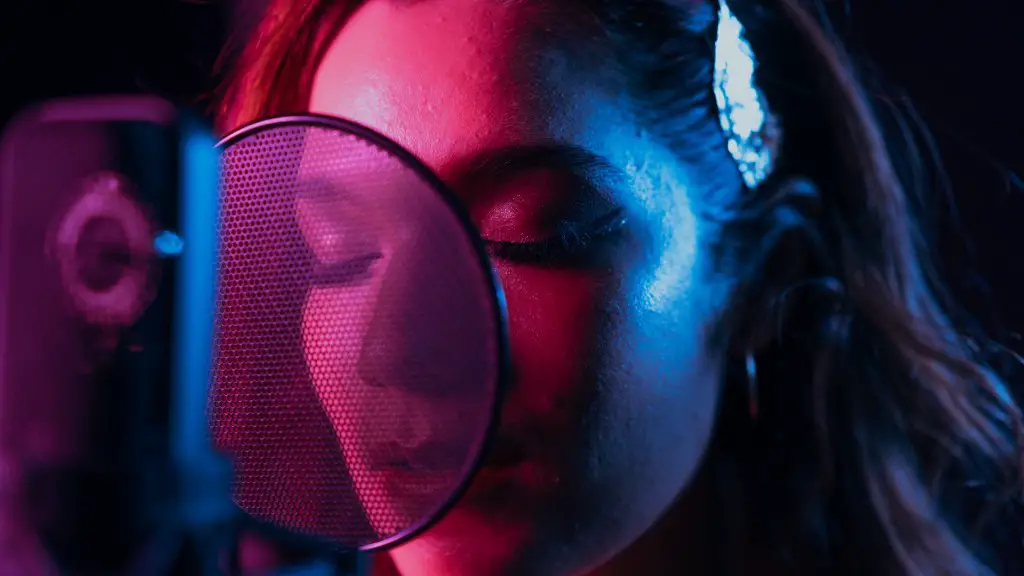Do you want to learn how to draw a realistic hand? Drawing a realistic hand is a daunting task that often causes even the most experienced artists to break out in a cold sweat. But, it’s not as tough as it looks! If you’re willing to take a deep breath and take the leap, you can quickly learn to draw a realistic hand with a few simple steps.
1. Start by Observing Your Hand: Before diving into the drawing process, it’s important to observe the hand you wish to recreate in order to understand the different shapes and angles that go into its formation. Take the time to study the overall shape of the hand, the length of the fingers, and even the smallest details such as wrinkles and creases. Taking a few moments to observe before starting your sketch will help you better capture the hand’s features.
2. Sketch the Outline: Once you’ve completed your observations, it’s time to put pencil to paper. Begin by sketching the general outline of the hand you are trying to replicate. This should include the basics of the shape like the index finger, thumb and palm. During this stage, it’s important to erase often to refine the line quality and create a good base.
3. Begin Adding the Details: Now you can start really getting into the details of the drawing. Use quick, light lines to draw in the fingertips, as well as knuckles and any other indentions. If your hand has any blemishes or wrinkles, make sure to capture those as well. Be sure to draw with a light hand- it’s much easier to darken a line than to erase one. When it comes time to add shading, use directional smudging and blending to create a more realistic look.
4. Create Atmospheric Perspective: The finishing touches of a realistic hand drawing are in the atmospheric perspective. By “atmospheric perspective”, we mean the lightest features on the hand begin to fade out as they move further away from the onlooker’s eyes, adding a sense of three-dimensionality to the drawing. Start by lightly blending the hand’s surface. Then, gradual add in some shadows and highlights to create highlights and shadows, to give the hand a realistic 3-D effect, making it look like it’s really popping out of the paper or canvas.
5. Have Fun With Color: Have fun with color! If you’re feeling adventurous, you can always add a touch of color to your work to give it some extra flair. Color can add texture and depth to the work that can’t be achieved in a black-and-white drawing. Think about adding some light shadows or highlights to enhance shadows and lights, as well as warm or cool tones if you want to create a realistic skin tone.
Offer Layers of Variance: To create a nuanced and realistic hand drawing, don’t just copy the exact replicate of your original reference. Instead, offer layers of variance to help your work stand out and make it more interesting to look at. Add curves to surfaces, change the length or size of some details and experiment with different textures. Even small changes can make a big difference in the overall look of a hand drawing, making it pop!
Add Edges: The last step in creating a realistic hand drawing is to refine the edges. While it’s easy to overlook this step, when done properly, it can bring the whole image together. Use a sharp eraser to sharpen and refine the edges, as well as to create some more highlights and shadows to give the hand more of a three-dimensional look.
Practice Makes Perfect: Let’s face it, drawing a realistic hand isn’t easy. It can take patience and practice to really master this skill. Push yourself and keep practicing and you’ll see your skills grow and blossom soon enough. Just remember to be kind to yourself and never give up!
